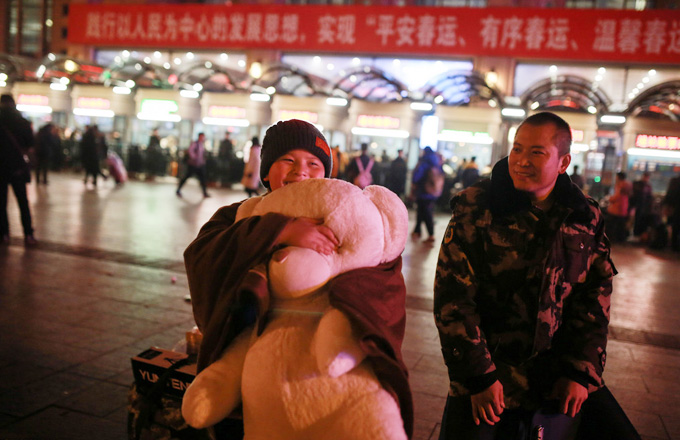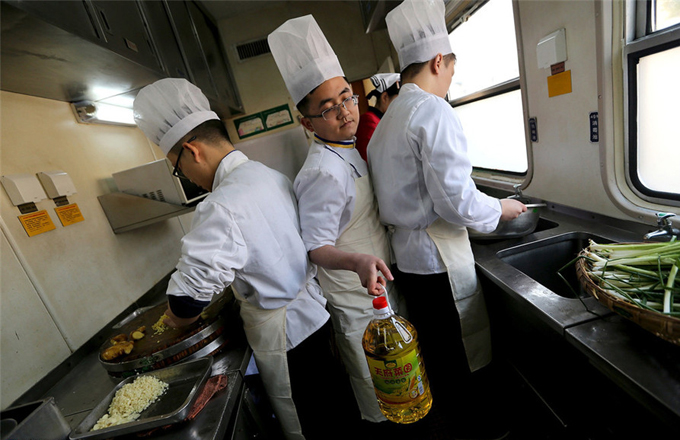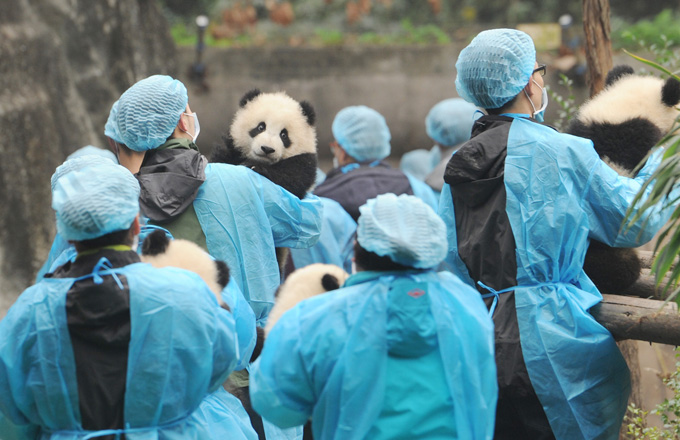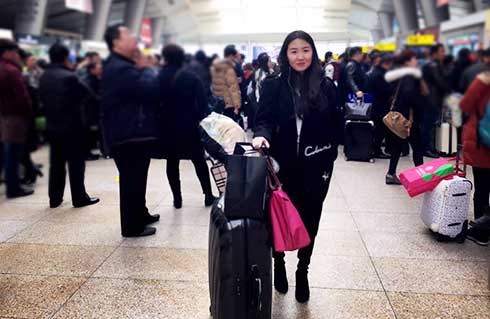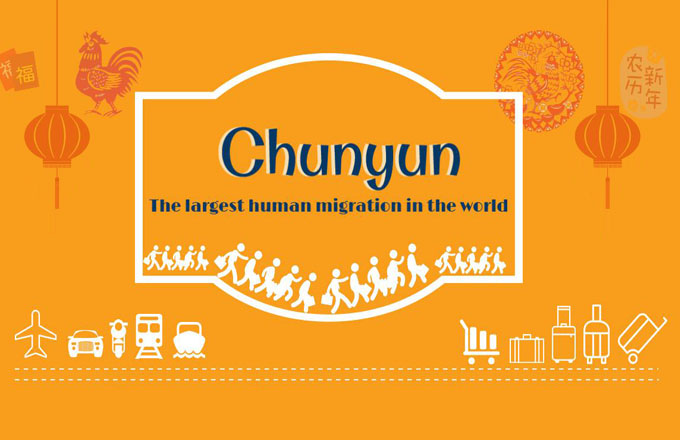Top health authority: Two-child policy works
The universal two-child policy implemented early last year effectively brought the number of annual newborns in China up to 17.86 million last year, a record high since 2000, according to the nation's top health authority.
The percentage point of the second (or more) child increased quickly to at least 45 percent last year, said Yang Wenzhuang, a division director of the National Health and Family Planning Commission at a press conference Sunday. Compared with 2015, the number of newborns has increased by 1.31 million.
"That demonstrates that the universal two-child policy came in time and worked effectively," he said.
In the mid 50s, the average number of annual newborns stood around 18 million, similar to today.
However, the total fertility rate differed from more than six in the 50s to less than two today.
That refers to the average number of children a woman gives birth to throughout her life, according to population scientists. A minimum of 2.1 is necessary to renew the population.
China began implementing the two-child policy at the beginning of last year, aiming to address major demographic challenges such as an aging population and a looming labor shortage.
- Electronic readers' jump in popularity just beginning
- Cui Peng named China's vice minister of supervision
- Xi to head central commission for integrated military, civilian development
- China to build manned submersible capable of reaching all seabeds
- China closes gaps in anti-corruption fight





